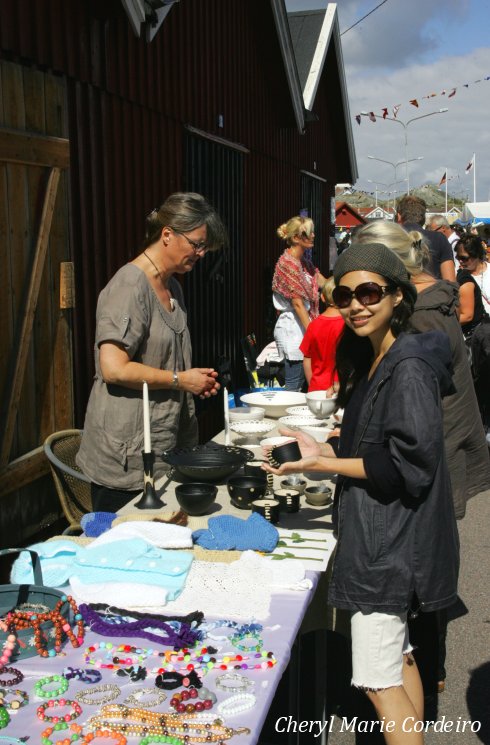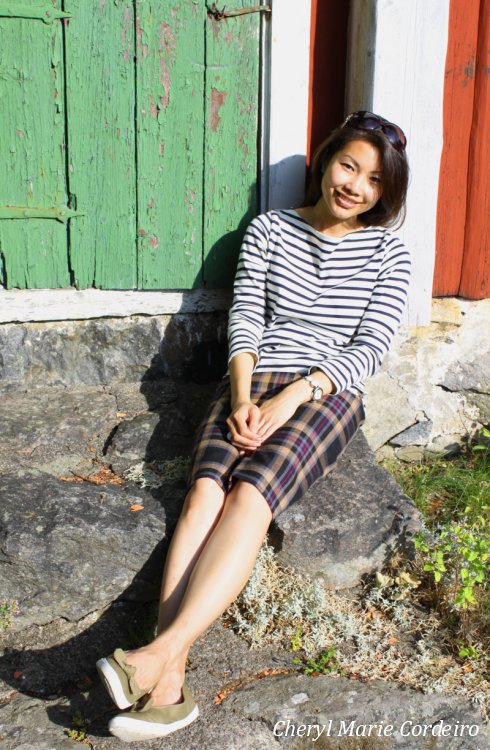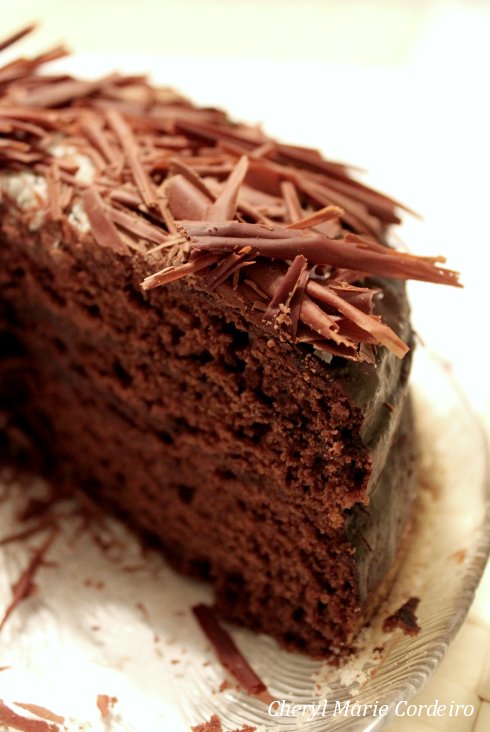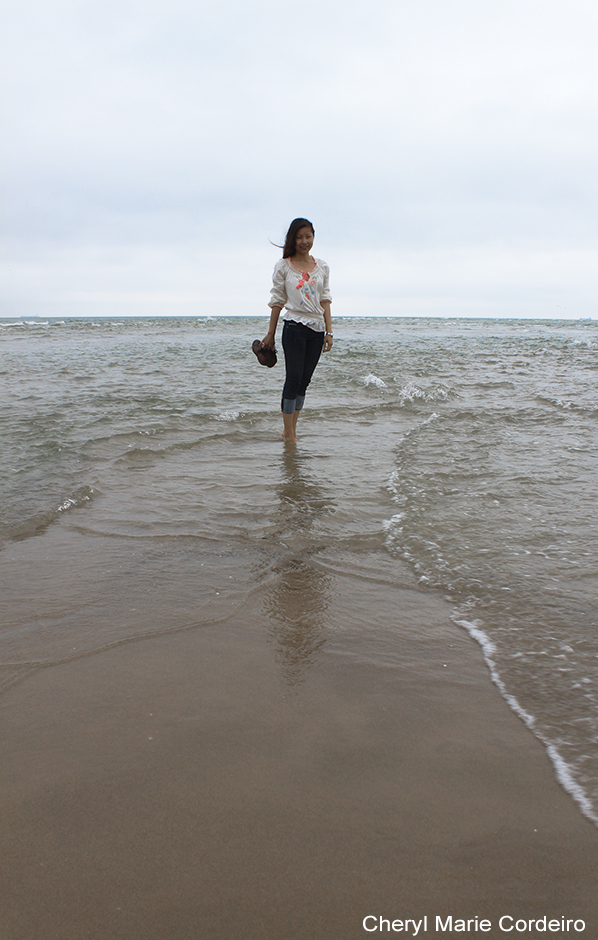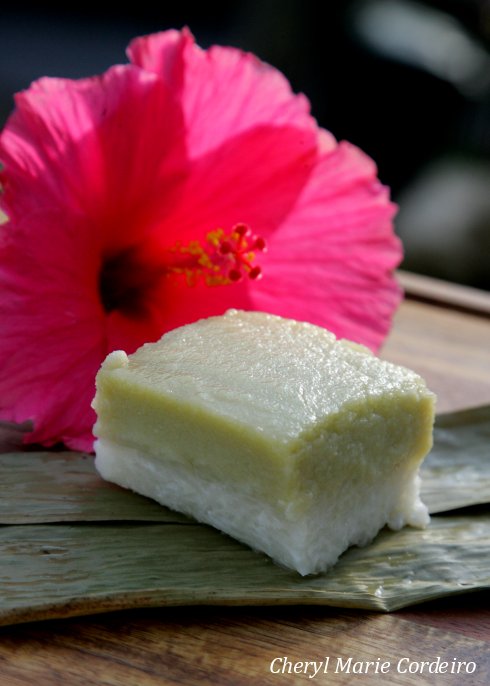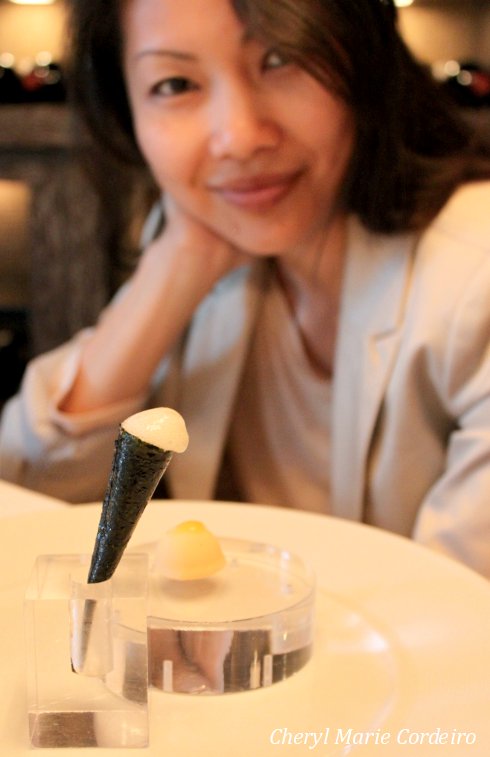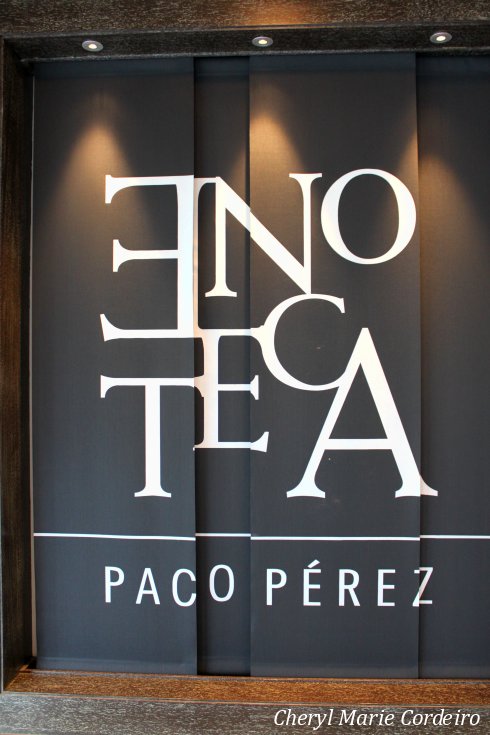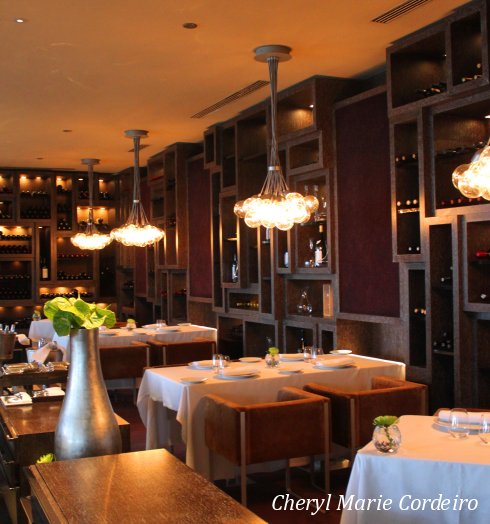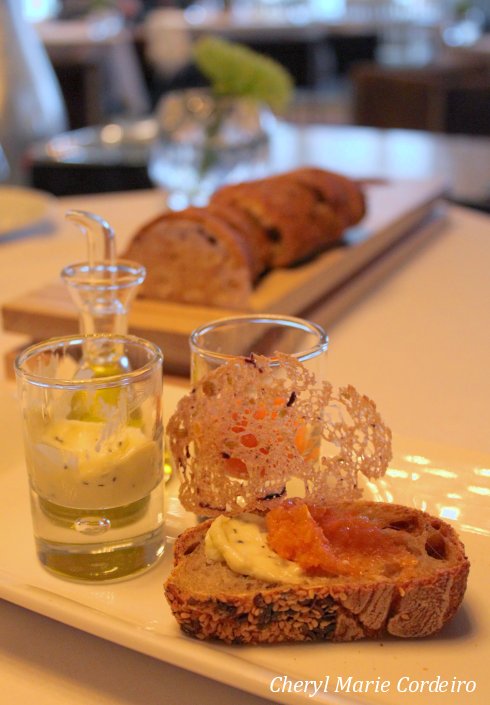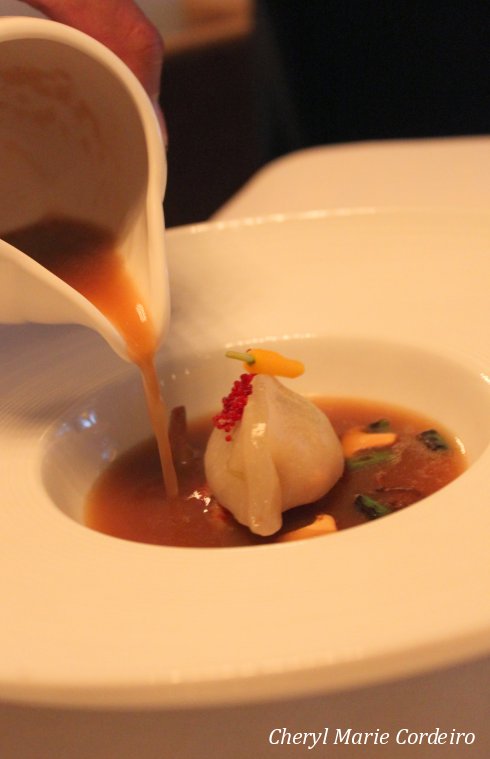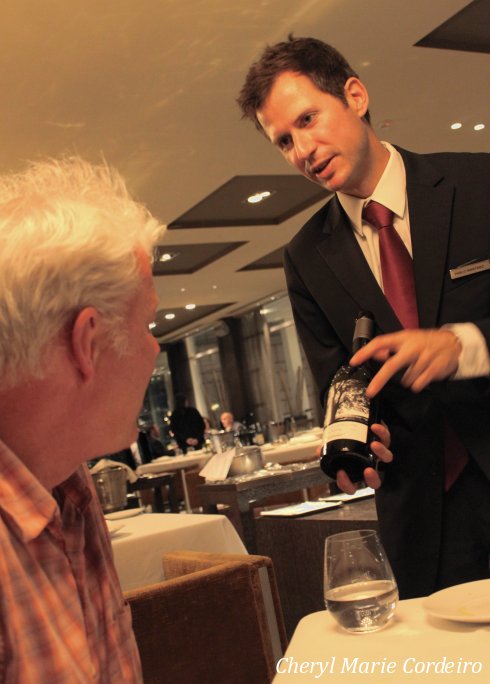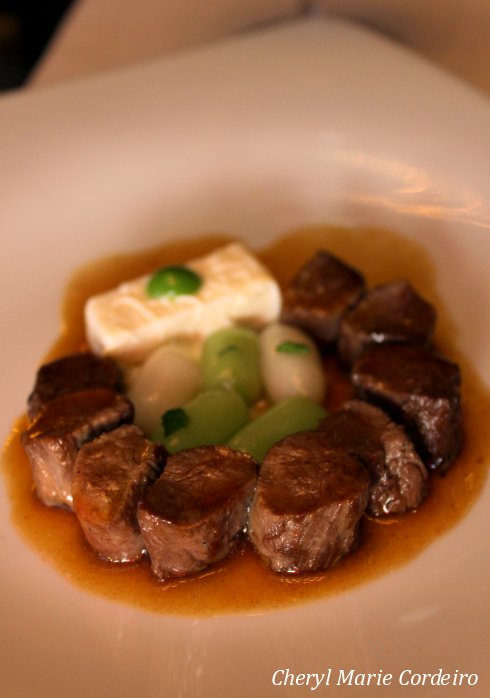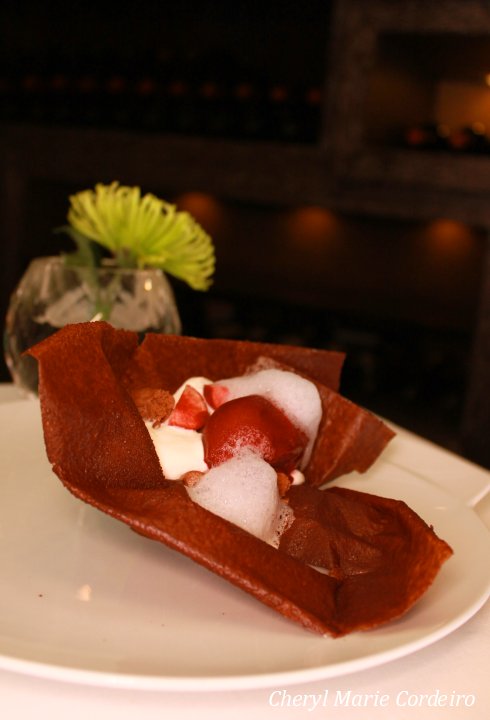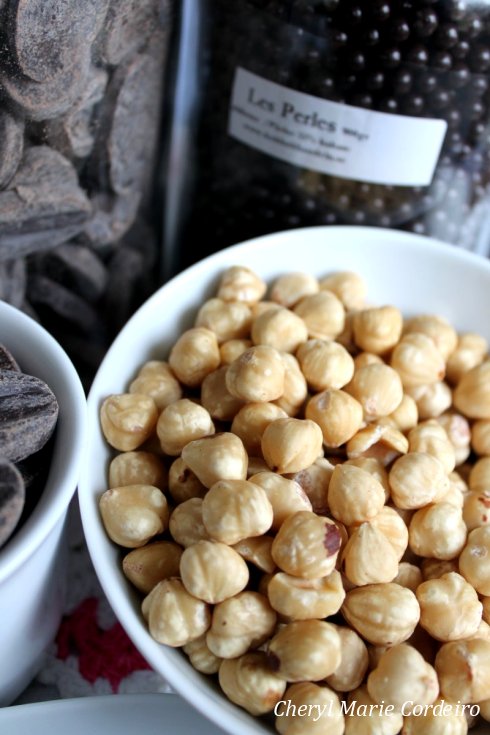
Hazelnuts… the beginning of some decadent comfort in the kitchen.
Photos JE Nilsson and CM Cordeiro Nilsson © 2011
In the overlapping realm of academia and education management, time to reflect on daily activities and events, makes a large part of the learning process. Whether on your own or in a group, this time aside is specifically to encourage the exchange and innovation of ideas. And for me, I find spending time in the kitchen, in the process of cooking – chopping, pounding, stirring – most therapeutic and self-pertaining to the extent that it gives me that much needed reflection time, sometimes admittedly, at the cost of the final dish. But in academia, it works.
It’s weekend and the household would decidedly look more inviting with a few jars of chocolate hazelnut spread complementing the dark oiled kitchen counter. And in the midst of chopping, grinding, melting and stirring some of the most decadent chocolate bars into a smooth molten concoction, I pondered the varying values management in organizations through glasses tinted Swedish blue and yellow.
Continue reading “Processes behind a Chocolate Hazelnut Spread”
